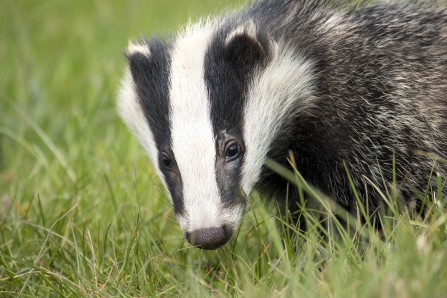
The Future of Badgers in the UK - Volunteer Joe Reynolds

In 2007, the largest ever study, lasting ten years called The Randomised Badger Culling Trial concluded and left a bitter taste in the mouths of supporters of the cull and those opposed. The findings were agreed to show no evidence that a badger cull will have any meaningful impact on bTB in Britain. Although the writing was on the wall it seemed, many still felt the cull must continue in spite of the evidence stacked against it. Later, in 2013 the government appointed panel assessing the cull damned it, calling it both ‘inhumane’ and ‘ineffective’ based on its results. Now in 2019, just months after 32,000 badgers were culled in autumn of 2018 alone, government officials have concluded that the culls were showing signs of effectiveness and reducing the prevalence of bTB. However independent researchers are still sure that these reports come from cherry picked data. Furthermore an independent review commissioned by Environmental secretary Michael Gove indicates that certain practices of modern farming such as cattle trading and poor biosecurity measures have been ‘severely hampering’ efforts of controlling the disease. It appears the problem of bTB can be attributed to a variety of factors rather than solely the badgers spreading the disease.
It is evident that only an extremely extensive cull of over 70% of Badgers in an area yields the slightest reduction in bTB. Huge increases in the cull will see 42,000 badgers shot, a staggering figure which surely means a decline in the species over time. With an estimated 485,000 badgers in England and Wales and the repeated and yearly increasing kill targets we could see an overall decline in badger population. Another frightening fact is how widespread the cull areas are, with Cheshire, Cornwall, Cumbria, Devon, Dorset, Gloucestershire, Herefordshire, Somerset, Staffordshire and Wiltshire having usually several killing sites each. In total, since 2013 around 70,000 badgers have been culled in combat of bTB and not enough has been done to test the effectiveness of vaccinating both cattle and badgers. Many experts are sure that this should be the primary area of focus, given that in almost a decade the cull has yielded poor to no results. On a local level if kill targets do continue to be met and increase as they have done regions participating in the culls could experience a near local extinction of badgers which, on the grander scale, presents a problem in nationally sustaining a population of healthy badgers.
And so the future of Badgers in England and Wales is shrouded in doubt and worry – with the government continuing to trust in modest at best results despite fierce and widespread opposition from experts. We are seeing a drastic yearly increase in badger culls compared to the low impact it is having in tackling the bTB crisis. It is likely to continue to be a nationally debated topic which we hope will result in the preservation and end to the persecution of one Britain’s most beloved mammals.
Joe is a volunteer within The Wildlife Trust for Birmingham and the Black Country - the views expressed within this article are his own and not those of WTBBC
